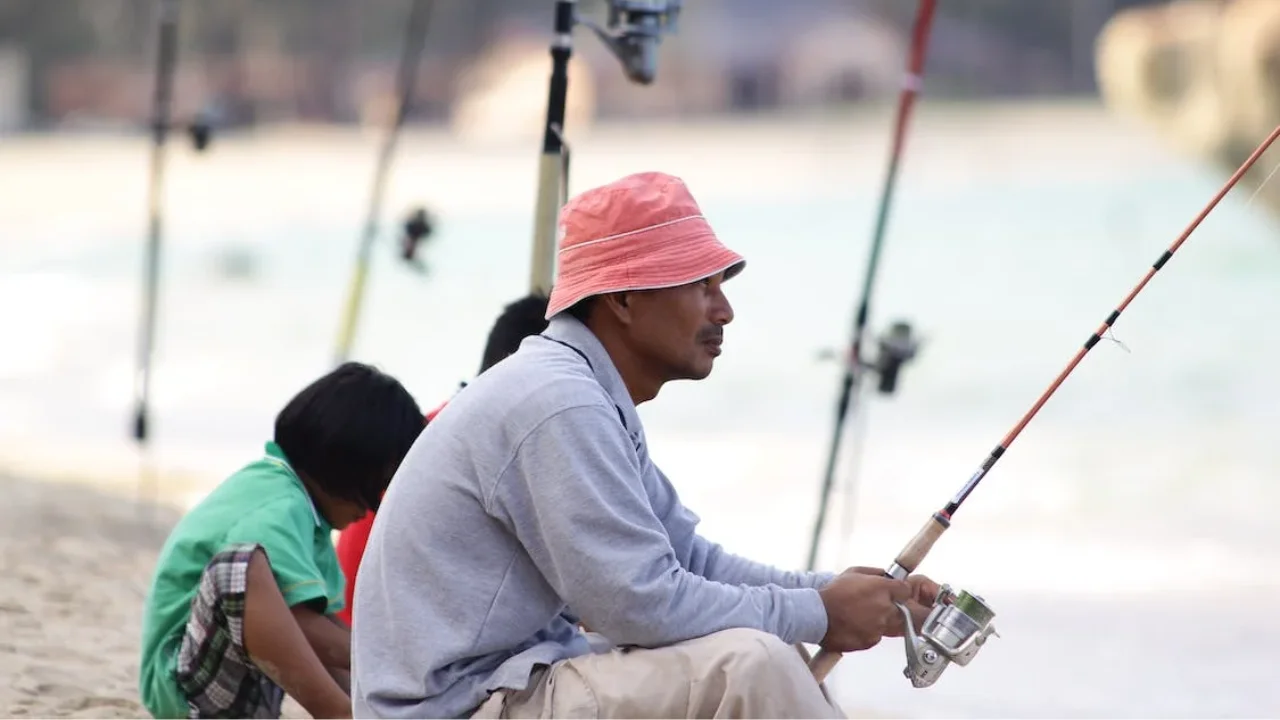With over 49.4 million anglers casting their lines in 2019 alone, fishing is undoubtedly one of America’s most beloved outdoor pastimes. Braving the elements in pursuit of the perfect catch demands having the right protective fishing outerwear. However, your fishing gear’s success heavily relies on diligent care and maintenance. Proper cleaning and storage of your fishing jacket, bibs, waders and other apparel is pivotal to ensuring longevity, preserving performance, and retaining optimal comfort and safety during fishing adventures.
The Vital Role of Maintaining Fishing Outerwear
Caring for your Lantic Gear outerwear should never be an afterthought. Consistent maintenance preserves the waterproof and breathable qualities that enable fishing gear to safeguard you in diverse conditions. Meticulous cleaning also removes damaging salt, mud and other residue that can degrade the fabric over time. Studies reveal that appropriate care can extend the lifespan of outdoor gear by up to 50% – a remarkable increase in durability that also saves money and reduces waste. Overlooking proper maintenance of fishing apparel threatens both its functionality and your return on investment.
Understanding Your Outerwear’s Materials
To tailor care and cleaning to the specific needs of your gear, it’s essential to understand what it’s made of. Advanced waterproof-breathable fabrics like Gore-Tex are widely used in fishing apparel. Gore-Tex repels liquid while allowing interior vapor to escape, keeping you dry on both fronts. Neoprene offers thermal insulation, making it ideal for waders. Nylon provides rugged durability to withstand abrasion. Each material requires particular techniques for cleaning and care. Becoming familiar with your fishing outerwear’s fabric composition enables maintaining its specialized protective properties.
Step-by-Step Cleaning Guide for Fishing Outerwear
Meticulous cleaning is crucial, but the process requires care to avoid damaging your gear. Follow these best practices:
Inspect and Prepare
- Remove debris, rinse dirt, and spot treat stains and odors. Salt and biological residues can degrade fabrics if left on.
- Check closures and hardware. Repair as needed so washing doesn’t further damage.
- Close all zippers, fasteners and velcro to prevent snagging and tearing in the wash.
Select the Right Cleaning Method
Gently hand wash in cool water with mild soap to avoid abrading fabrics.. This is recommended for delicate materials.
Machine wash in cold water with a gentle, technical wash. Use a delicate cycle or wash bag for added protection.
Choose Appropriate Detergents
- Use mild, technical detergents designed for performance fabrics. Avoid regular laundry soap.
- Specialized cleaners combat contaminants like salt, mud and mildew.
- Avoid fabric softeners which can compromise breathability.
Rinse and Dry Thoroughly
- Rinse gear thoroughly with clean water to eliminate all soap residues that can degrade performance.
- Air dry away from direct heat or sunlight which can damage fabrics. Stuff jackets with towels to retain shape.
- Machine drying, if necessary, should be on low heat. Remove promptly when dry.
Specialized Care for Different Fishing Environments
Saltwater
The ocean’s saline environment can be particularly harsh on gear. Salt residue corrodes zippers, compromises waterproofing and abrades fabrics over time. After saltwater fishing:
- Rinse thoroughly in freshwater to remove salt deposits before drying.
- Treat metal components with corrosion protection.
- Wash frequently to combat salt and dry outdoors to avoid mildew.
Freshwater
Mud, algae and other biological contaminants require specialized stain removers and vigorous rinsing to prevent buildup and odor. Allow sufficient drying time between uses.
Ice Fishing
Frigid conditions demand that you dry gear vigorously after use before storing it properly. Use a tech wash that won’t freeze to clean your gear. Avoid storing in sub-freezing temps which can damage materials.
Storing and Preserving Your Outerwear

Improper storage can undermine the integrity of your fishing apparel. Follow these tips to keep gear in optimal condition during off-season:
- Allow thorough drying before storage to avoid mildew.
- Use breathable storage containers, not plastic.
- Store in a clean, dry, dark place at moderate temperatures. Avoid attics, garages, and sheds with extreme temperatures.
- Hang jackets on wide, padded hangers to retain shape. Don’t compress.
- Seal seams and hardware with corrosion protection.
- Periodically air out gear to prevent musty odors.
Repair and Restore Your Outerwear
Inspect gear routinely for needed repairs: loose stitching, tears, broken hardware, etc. Address issues promptly to avoid bigger problems. Use repair kits for minor fixes. For significant damage, professional restoration services can often renew performance and extend useful life.
Be Environmentally Conscious
When cleaning and caring for your gear:
- Use biodegradable, non-toxic detergents and stain removers. Avoid chemicals like DWR that leach into waterways.
- Dispose of old gear responsibly. Recycle nylon, neoprene and other fabrics when possible.
- Advocate for sustainable fishing practices to protect our shared aquatic resources.
Properly maintained fishing outerwear delivers better performance, greater comfort and added safety during your angling adventures. Following the right cleaning, storage and repair practices significantly extends the lifespan of your investment while ensuring you leave the smallest footprint on the natural world.
Frequently Asked Questions
How often should fishing outerwear be cleaned?
The optimal cleaning frequency depends on usage and conditions. Heavy use in salty or dirty environments demands more frequent washing – as often as after each trip. For occasional freshwater fishing, clean outerwear at least at the start and end of each season. Odor, stiffness or visual dirt are other signs it’s time to clean.
Can damaged fishing outerwear be restored?
It depends on the extent of damage. Reproofing treatments can often restore lost waterproofing. Small tears or seam issues can be patched. But significant fabric damage or destroyed insulation likely requires replacement. Consult a repair expert to assess restorability.
How can anglers be environmentally friendly when caring for gear?
Use biodegradable cleaning products free of harmful chemicals. Allow thorough drying rather than excess machine drying. Responsibly dispose of unrepairable gear and seek ways to recycle unusable materials. Advocate for sustainable fishing regulations and ethical outdoor practices.
Conclusion
Caring properly for your fishing outerwear is one of the wisest investments you can make to enhance performance, safety, and longevity while out on the water. Following material-specific cleaning methods, diligent storage practices, and proactive damage repair will help safeguard your gear from the elements and extend its useful life dramatically. By integrating environmentally-friendly care products and disposal methods, you can minimize your impact on the waters you cherish. For more tips on caring for your outdoor gear, refer to the Suit Care: Dry Cleaning and Storage Guide to ensure your fishing outerwear remains in top condition for your next big catch, protected by durable outerwear built to last.








